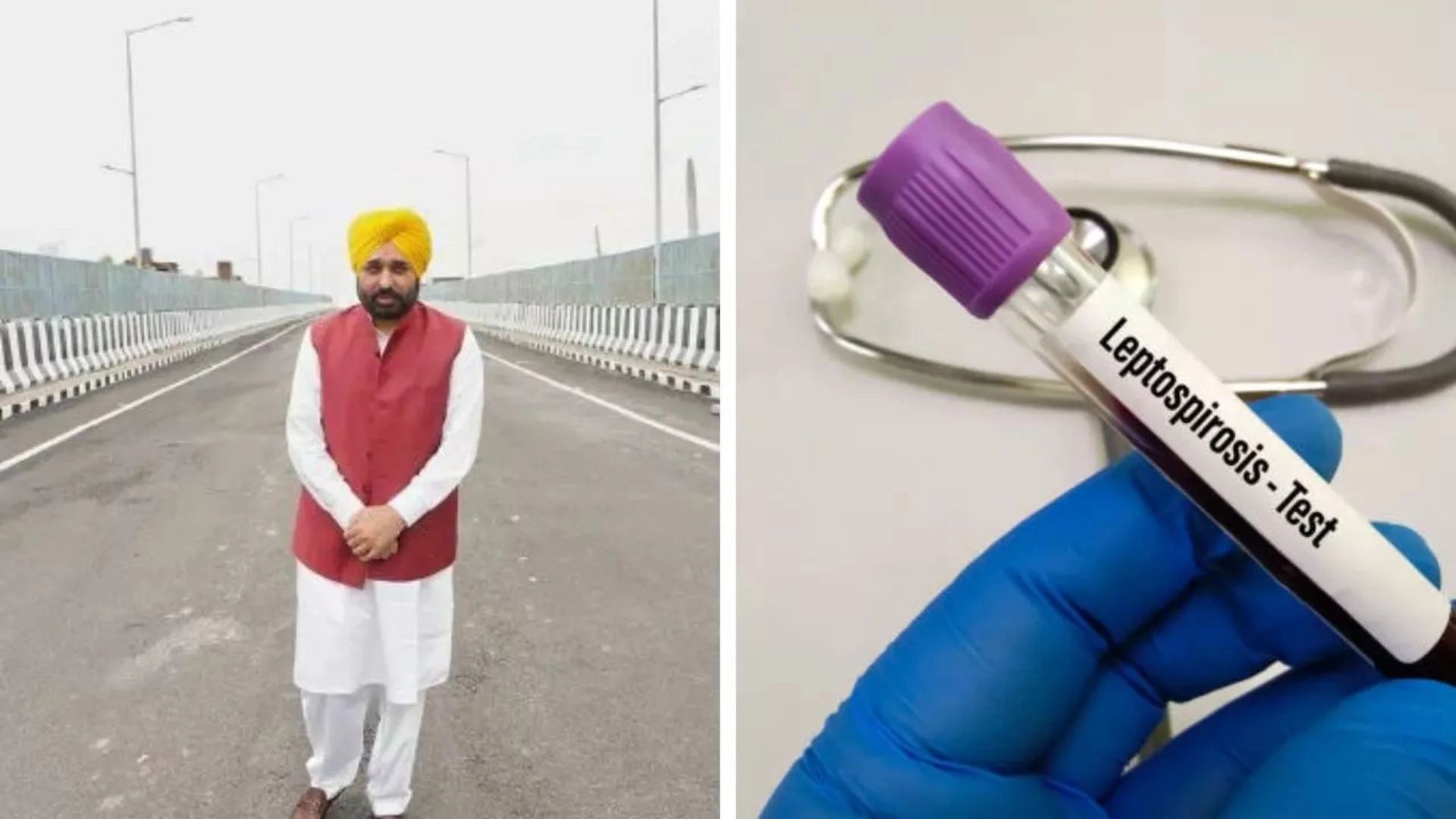
Punjab Chief Minister Bhagwant Mann was diagnosed with leptospirosis on Saturday. A health bulletin from the hospital reported that the 50-year-old Aam Aadmi Party (AAP) leader is receiving antibiotics and his vital signs are “completely stable.” But what is this bacterial infection commonly seen during the monsoon that affects both humans and animals? Here’s what you need to know.
Leptospirosis is one of the most widespread zoonotic diseases. It can be contracted by coming into contact with water, soil, or food contaminated with animal urine. The bacteria enter the body through the skin or mucous membranes, travel to the gut, and then spread into the bloodstream, causing infection. This disease is also known as Weil’s disease when it presents in a severe form. Leptospirosis can be classified into two types:
– Icteric leptospira, which causes jaundice
– Anicteric leptospira, a milder form without jaundice.
According to Dr. Vikrant Shah, a consulting physician and infectious disease specialist at Zen Multispeciality Hospital, leptospirosis can occur when rainwater contaminated with the urine of infected rats enters the body through cuts, abrasions, or bruises.
Symptoms typically include high-grade fever, conjunctival suffusion (red eyes), and calf tenderness. In the anicteric form, patients may experience muscle aches and fever. However, in more severe cases, individuals may develop jaundice, kidney issues (such as kidney failure), or bleeding diathesis (hemorrhaging).
Dr. Shah also mentioned that pulmonary hemorrhage—acute bleeding from the lungs and respiratory tract—can occur, leading to coughing up blood. This situation can escalate to life-threatening respiratory and renal failure.
To prevent infection with leptospirosis, individuals should consider the following precautions:
– Steer clear of wading through dirty rainwater.
– Wear gumboots during rainy seasons.
– Properly care for any injuries or cuts.
– Wash fruits and vegetables thoroughly before eating.
– Stay hydrated by drinking plenty of water and avoid stagnant water around the home.
Early diagnosis is essential for prompt treatment and recovery.















